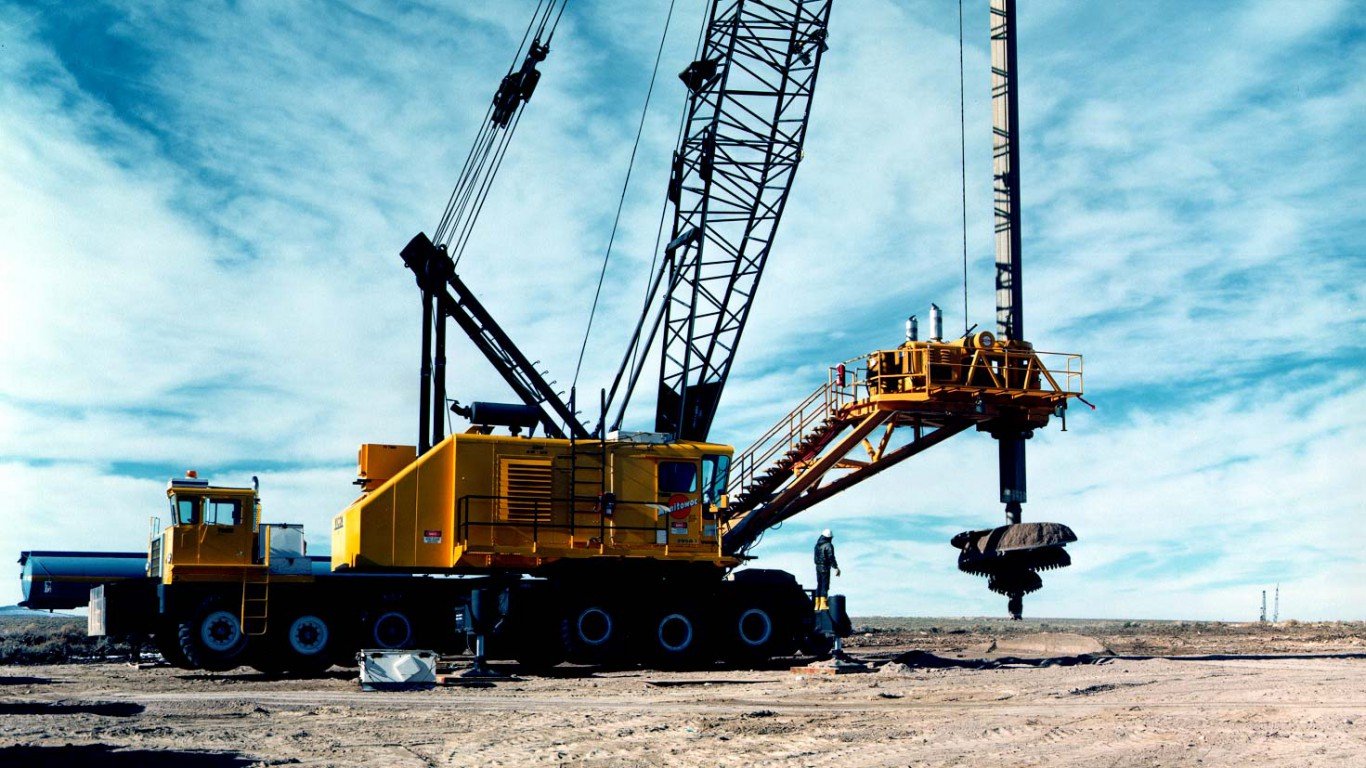

In the week ending June 29, 2018, the number of land rigs drilling for oil in the United States totaled 858, down by four compared to the previous week and up by 102 compared with a total of 756 a year ago. Including 187 other land rigs drilling for natural gas and two listed as miscellaneous, there are a total of 1,047 working rigs in the country, five fewer than a week ago and up by 107 year over year. The data come from the latest Baker Hughes North American Rotary Rig Count released on Friday afternoon.
West Texas Intermediate (WTI) crude oil for August delivery settled at $73.45 a barrel on Thursday and traded up about 0.9% Friday afternoon at $74.12 shortly before regular trading closed. Brent crude for August delivery traded at $79.39 a barrel, up nearly 2%.
The natural gas rig count fell by one to 187 this week. The count for natural gas rigs is now up by three from a year ago. Natural gas for August delivery traded down about 0.6%, at around $2.92 per million BTUs, down about eight cents compared to last Friday.
Crude oil prices added about 5% last week and are on track to add about the same amount again this week. The smaller-than-expected OPEC production increase announced on June 22 lifted prices and then the U.S. directive this past week for its allies to halt all imports from Iran by November added to expectations of a supply shortage. For that to happen without sending the price of oil to the moon, about 1.5 million other barrels will be needed to replace the Iranian barrels withdrawn from global crude markets.
The U.S. crude oil inventory level dropped by a record 9.9 million barrels in the week ended June 22. Crude oil exports rose to a record 3.0 million barrels a day and refineries were running 17.8 million barrels a day at the same time. Refined products exports totaled more than 5.5 million barrels a day.
Those U.S. numbers are big, but without help, U.S. production won’t fill the gap left by a boycott against Iranian crude. For that to work, Saudi Arabia and Russia have to produce more. Because they don’t want to see crude prices pushed above $80 a barrel, they are likely to provide some barrels. Not because Trump asked them nicely, but because they believe that to be in their best interests.
Among the states, Baker Hughes reports that New Mexico and Oklahoma added two rigs each this week and California added one rig. Texas lost three rigs, North Dakota lost two rigs and Louisiana lost one.
In the Permian Basin of west Texas and southeastern New Mexico, the rig count now stands at 474, unchanged compared with the previous week’s count. The Eagle Ford Basin in south Texas has 80 rigs in operation, down two week over week, and the Williston Basin (Bakken) in North Dakota and Montana now has 54 working rigs, also two fewer for the week.
Producers dropped four horizontal rigs this week and the count slipped to 926, while offshore drillers reported a total of 18, unchanged from the previous week’s count.
Take This Retirement Quiz To Get Matched With An Advisor Now (Sponsored)
Are you ready for retirement? Planning for retirement can be overwhelming, that’s why it could be a good idea to speak to a fiduciary financial advisor about your goals today.
Start by taking this retirement quiz right here from SmartAsset that will match you with up to 3 financial advisors that serve your area and beyond in 5 minutes. Smart Asset is now matching over 50,000 people a month.
Click here now to get started.
Thank you for reading! Have some feedback for us?
Contact the 24/7 Wall St. editorial team.
 24/7 Wall St.
24/7 Wall St.

